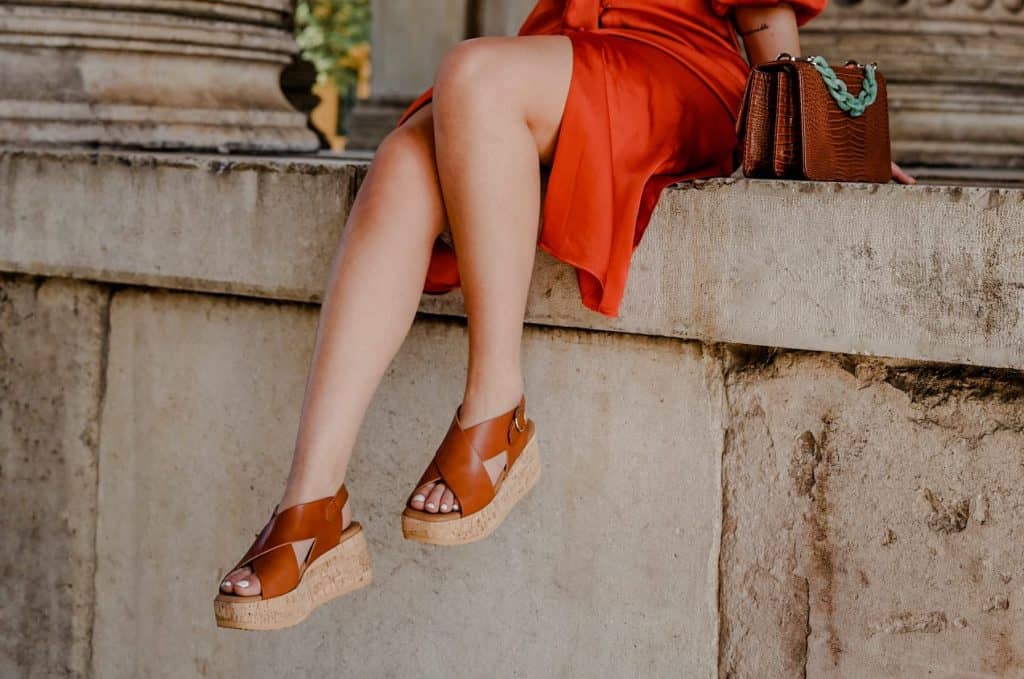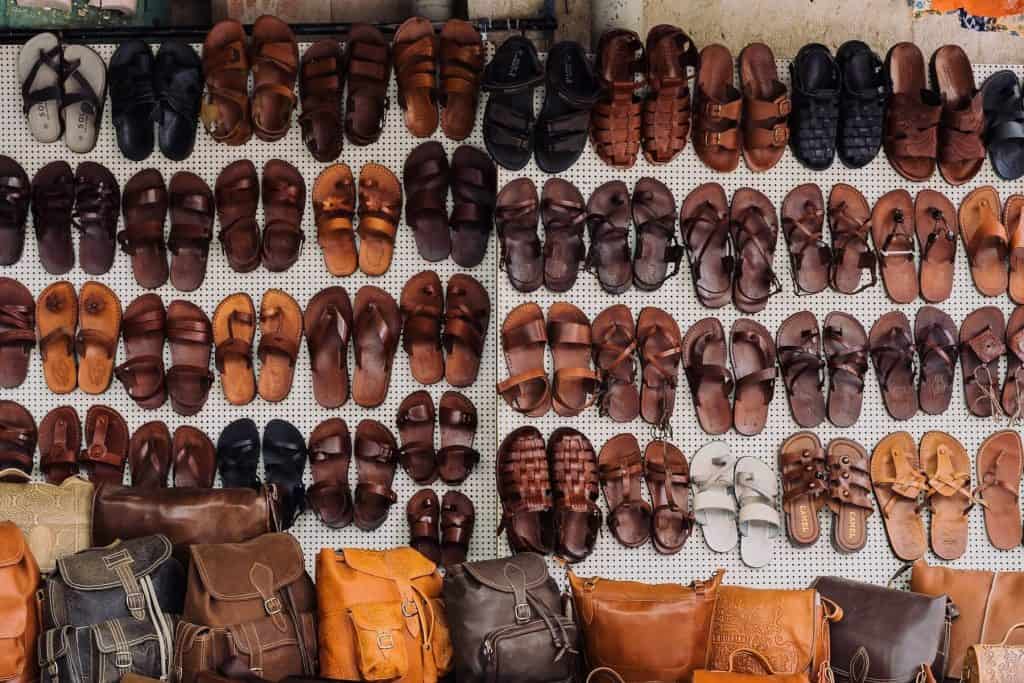Once reserved for the house and backyard, sandals are now versatile footwear suitable for dinner dates, lunch with the girls, running errands, and even wearing to the office. They’re the go-to summer shoes.
We love sandals because they’re easy to slip on and the open design ventilates your feet on a hot, summer day. It helps that sandals come in a ton of designs too, from classic leather designed for durability and comfort, to sparkly designs adorned with sequins, glitter, and gemstones.
But there’s more to buying sandals than bling. Keep these 5 things in mind when your next out sandal shopping to ensure your new shoes will be the perfect fit for your foot and your lifestyle.

1. Ankle Support
Flip flop style sandals require you to grip to the shoe with your toes, often resulting in blisters or sore tired feet after a day of walking around. Look for sandals that grip around the ankle, either with a buckle, Velcro, or zip. This provides more stability and versatility to your shoes. If you have extra skinny or extra wide feet, look for adjustable ankle supports.
Also keep an eye out for sandals with arch support, rather than versions with completely flat soles, as this is far healthier for your feet, ankles, and knees.
2. Heel Height
Some sandals are completely flat while others have small heels or wedges. It’s important to keep in mind the intended purpose for your shoes when choosing heel height, rather than just how good they look.
If you’ll be doing a lot of walking, flat sandals are the best choice so you don’t find yourself slipping off the heel and injuring your ankle. Heeled sandals, on the other hand, are the better choice for more formal events like the office, after-work drinks, or small parties, where you want your comfortable feet while still looking stylish.

3. Size
If you have big feet, it can be tempting to accept sandals a size too small, if that’s all the store has in stock, and let your heel and toes hangover the edge a little. Similarly, if you have skinny feet, it can be tempting to accept sandals that are a little too loose.
Both of these common mistakes are easy ways to ensure you’ll get blisters from your new sandals. It’s worth putting in the effort to find shoes that are the right fit for your feet, even if you have to go online to do so.
4. Manufacturing Quality
Check for obvious signs of manufacturing quality, like any loose stitches, that can indicate how long your sandals are likely to last. Unfortunately, some of the most expensive shoe stores sell the lowest quality sandals. Go figure.
One handy tip is to look for outer soles that wrap around the inner sole. When the 2 layers of soles are simply glued on top of each other, they’ll rip apart the first time you accidentally kick a rock or trip over a curb. There’s nothing worse than being out and about and feeling your shoe rip apart… especially if it’s hard to find shoes that fit your feet!
5. Material
If your favorite style of sandals looks like leather, always check if its real or synthetic. Synthetic leather can be a good choice if the price is low, but don’t pay top dollar for shoes that are bound to crack and fade after a few outings in the sun. Real leather, isn’t necessarily the safest option either. You’ll need to buy (and use) a protective spray on leather sandals to stop them.
